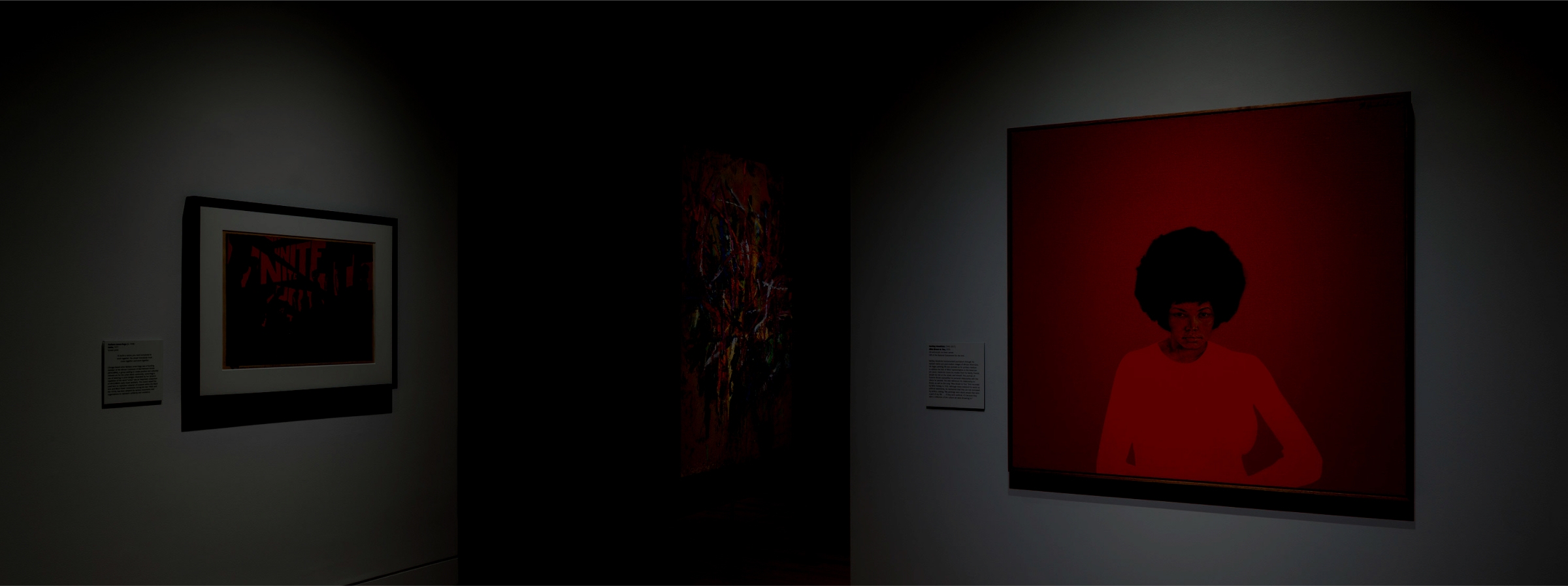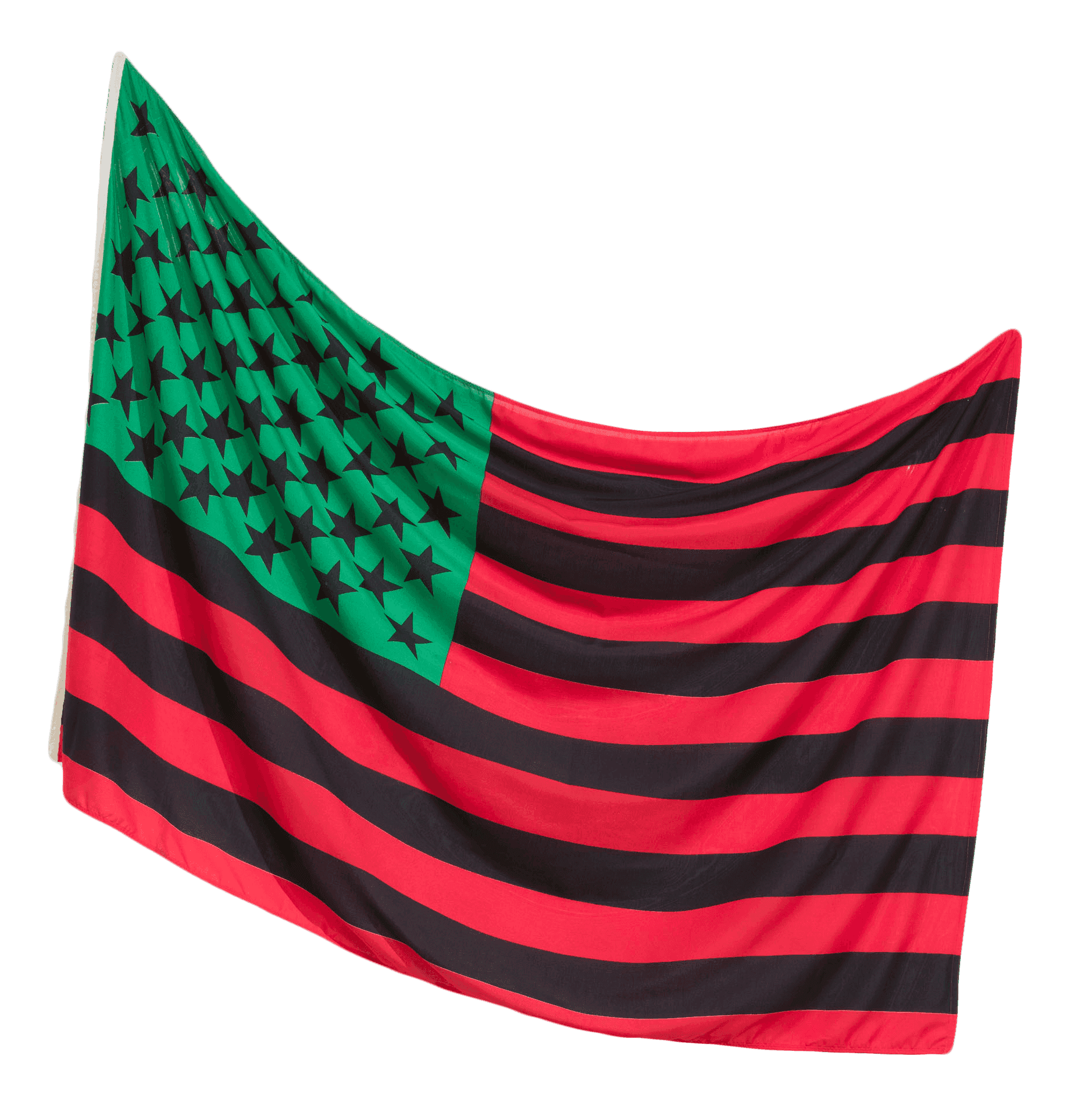
Reckoning
Protest. Defiance. Resilience.
In 2021, the National Museum of African American History and Culture opened Reckoning: Protest. Defiance. Resilience., an exhibition presented in the Rhimes Family Foundation Gallery.
Conceived and installed during a time of global pandemic and mass outcry against racial injustice, Reckoning explores the ways that visual art has provided perspective, commentary, escape, and pathways to protest for African Americans.
Reckoning—acknowledging both moral harm and its practical solution—is an important part of the Black freedom struggle.


I Go To Prepare A Place For You. Bisa Butler, 2021.
Carte-de-visite portrait of Harriet Tubman. Benjamin F. Powelson, 1868–1869.

I am always struck by the ways that visitors who rise up through the building, itself an artwork, draw immediate parallels … between the Emily Howland Photograph Album with the earliest known portrait of Tubman, which the Smithsonian shares with the Library of Congress, and Butler’s stunning quilt based on the image of the Great Liberator.
Kevin Young, Foreword to Reckoning: Protest, Defiance, Resilience, 2024

Rising Out of Twin Pandemics
Reckoning debuted during the COVID-19 pandemic. Reckoning also debuted during what many have called a pandemic of systemic racism. As the world witnessed the 2020 killings of George Floyd and other African Americans at the hands of police, a sense of historical reckoning emerged. Documenting one of the largest protests in United States history, Reckoning explores the ways that painters, sculptors, photographers, and textile artists are continuing the traditions of resilience, creation, and healing.

Breonna Taylor. Amy Sherald, 2021.

Art as Protest and Different Perspectives
Unite. Barbara Jones-Hogu, 1971.
Reckoning: Protest. Defiance. Resilience explores the ways that visual art has provided perspective, commentary, escape, and a means of protest for African Americans. These acts of protest, defiance, and resilience may be uncomfortable to view or may elicit strong responses. Viewers are invited to explore the diverse styles and perspectives of African American visual arts with a sense of openness and curiosity.

David Hammons’s Flag
Artist David Hammons evoked protest and patriotism by changing the red, white, and blue of the American flag to the red, green, and black of the Pan-African flag. African American artists have engaged with the symbol of the flag across mediums. For some the flag has represented freedom. For others, oppression.
